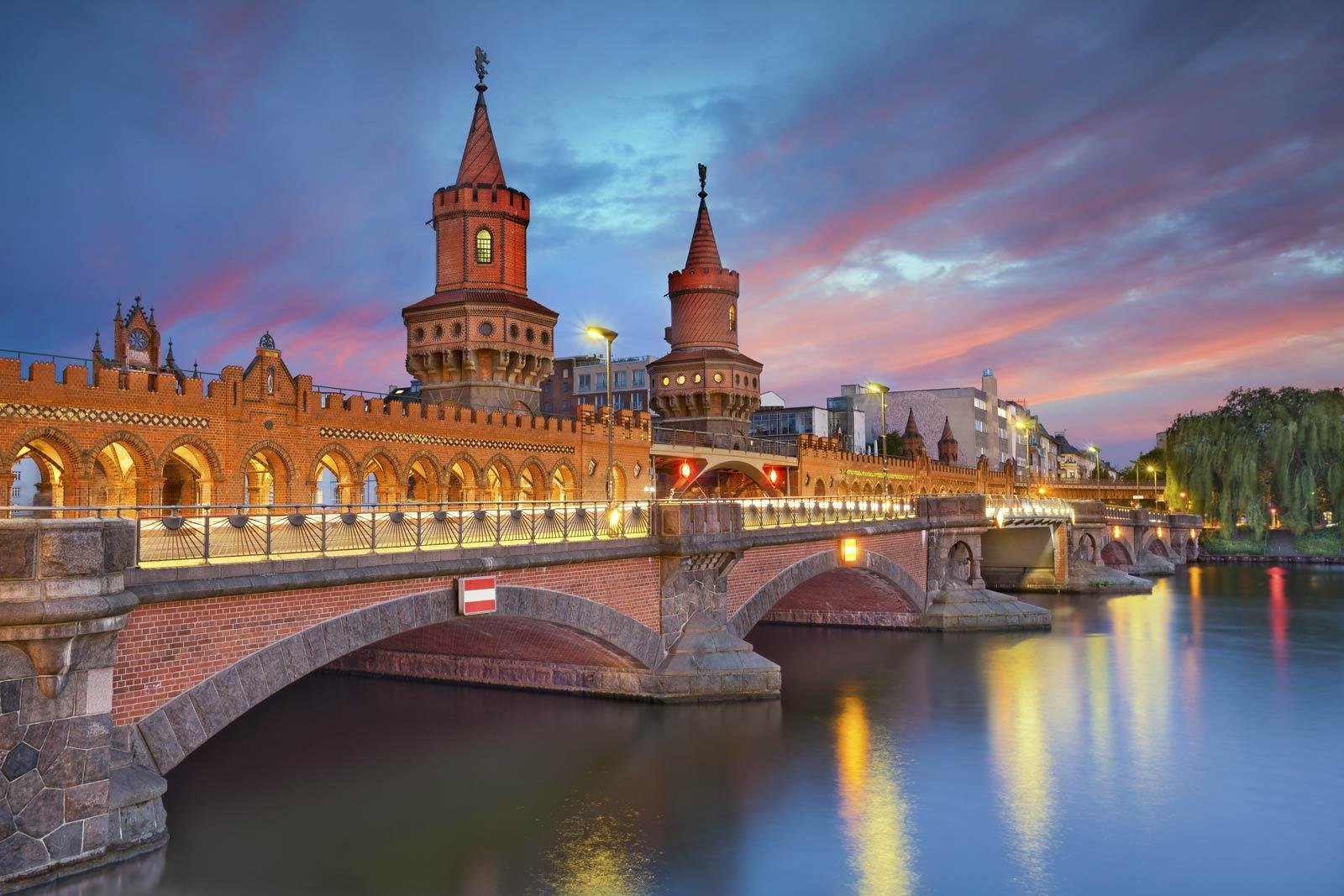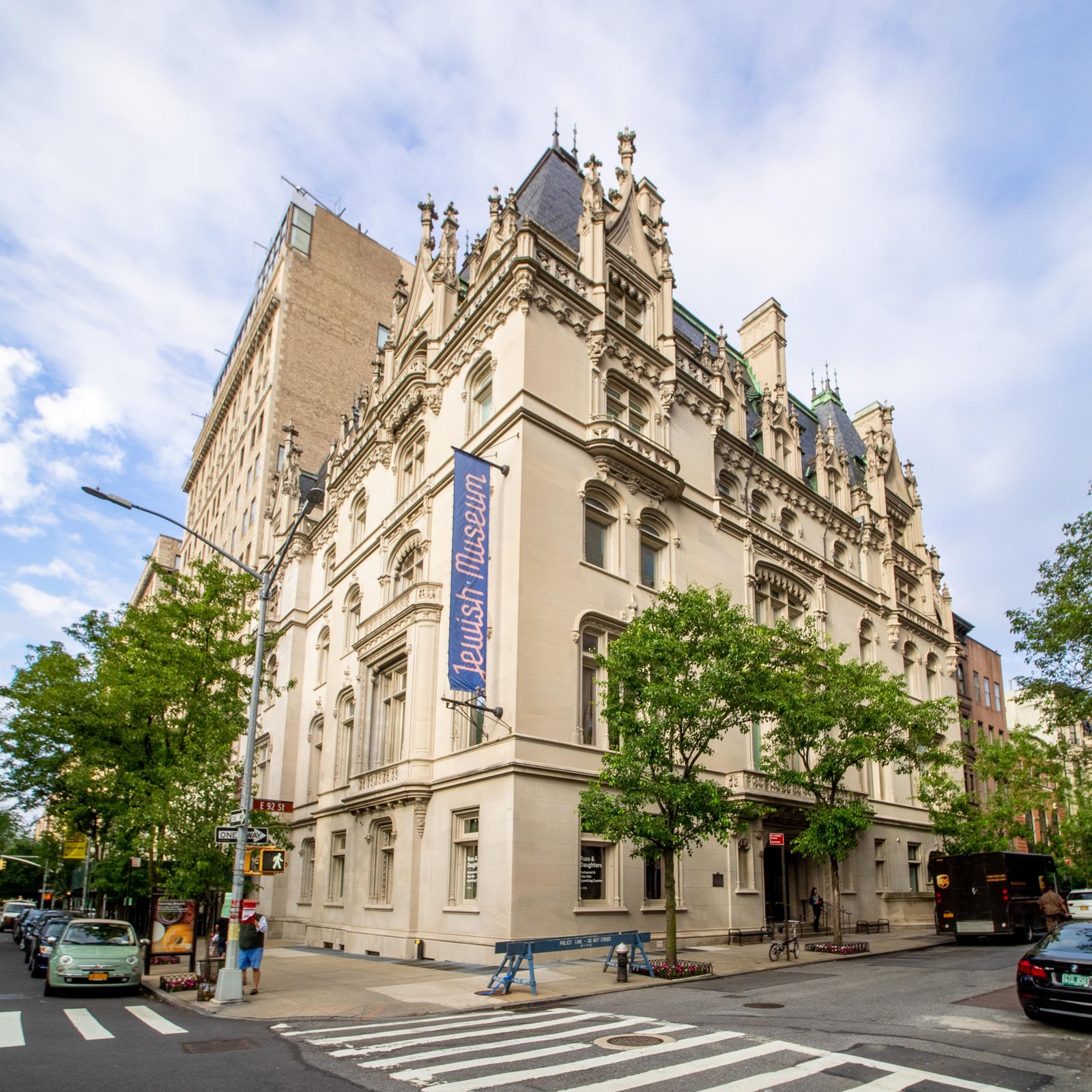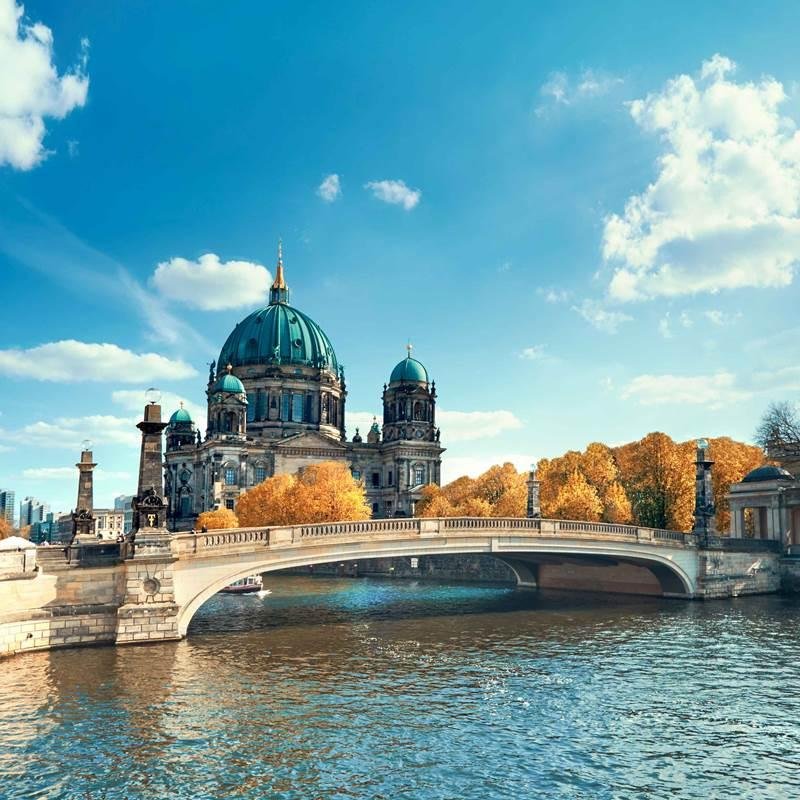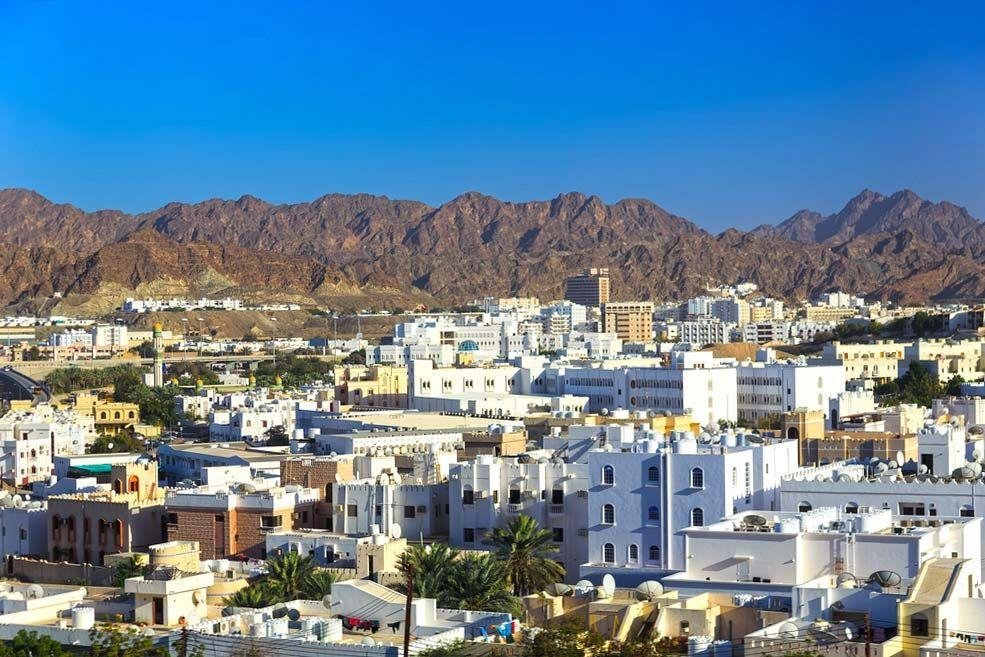Muscat, the capital city of Oman, is a captivating blend of traditional Arabian architecture and modern design, reflecti...
The Architectural Evolution of Berlin: A City of Contrasts
Berlin, Germany's capital, is a vibrant tapestry of architectural styles that reflect its tumultuous history, cultural evolution, and modern aspirations. From its iconic landmarks to its innovative structures, Berlin’s architecture is a testament to resilience and transformation.
The Brandenburg Gate, an emblem of Berlin, exemplifies neoclassical architecture. Completed in 1791, it symbolizes peace and unity, standing witness to the city's turbulent past, including the division during the Cold War. Nearby, the Reichstag building, with its striking glass dome, represents democracy and transparency, having undergone significant renovations by architect Norman Foster after German reunification.

The Berlin Wall, once a dividing line, has left a profound mark on the city. The East Side Gallery, a 1.3-kilometer stretch of the wall, is adorned with murals from artists worldwide, turning a symbol of oppression into a canvas of freedom and expression.
Berlin’s architectural landscape is further enriched by modern designs. The Sony Center, located at Potsdamer Platz, showcases a futuristic design with a distinctive tent-like roof, symbolizing the city’s rebirth and modernization after reunification. This area, once a desolate wasteland, is now a bustling hub for shopping, dining, and entertainment.
The Jewish Museum, designed by Daniel Libeskind, is another architectural highlight. Its jagged, fragmented design reflects the complexity of Jewish history in Germany, creating a powerful narrative that engages visitors on multiple levels. The building’s interplay of light and shadow enhances the emotional experience, making it a poignant addition to Berlin’s architectural heritage.
Berlin is also known for its Bauhaus movement, which emerged in the early 20th century, emphasizing functional design and simplicity. The Bauhaus Archive, dedicated to the influential school, features a modernist building that embodies these principles. Visitors can explore the history of this revolutionary movement and its impact on architecture and design worldwide.

As you explore Berlin, the contrasting styles become evident. The historic Alt-Berlin district features charming brick buildings and cobblestone streets, while the sleek, modern structures of the Mitte district showcase contemporary architectural trends. This blend of old and new creates a unique urban environment that is both visually striking and culturally rich.
The Berlin Cathedral, with its magnificent dome, stands as a testament to the city’s baroque architecture. Completed in 1905, it is a breathtaking example of neo-Renaissance style, adorned with intricate mosaics and stunning interiors. The cathedral’s location on Museum Island, a UNESCO World Heritage site, further emphasizes Berlin’s cultural significance.
Additionally, the vibrant neighborhood of Kreuzberg is known for its eclectic architecture and street art. The area’s mix of historic buildings and modern developments reflects the city’s multicultural influences and artistic spirit. The creativity of its residents is palpable, making it a must-visit destination for those seeking a glimpse into Berlin’s contemporary cultural scene.
Berlin’s commitment to sustainability is evident in its architectural practices. The Aedes Architecture Forum promotes innovative design solutions that address environmental challenges. Projects like the Green Roofs initiative highlight the city’s dedication to integrating nature into urban landscapes, enhancing both aesthetics and ecological balance.

The transformation of former industrial sites into trendy residential areas is another hallmark of Berlin’s architectural evolution. The revitalization of the Spreebogen area showcases modern apartments and public spaces, creating a harmonious blend of residential and commercial life along the waterfront.
Berlin’s architecture is not just about buildings; it encompasses public spaces that foster community engagement. The Tempelhofer Feld, a former airport turned public park, is a prime example. Its vast open spaces invite diverse activities, from picnicking to sports, reflecting Berlin’s commitment to creating inclusive urban environments.
In conclusion, Berlin’s architecture is a captivating journey through history, culture, and innovation. From the grandeur of the Brandenburg Gate to the modernity of the Sony Center, each structure tells a story of resilience and transformation. The city’s ability to embrace its past while looking toward the future is evident in its diverse architectural landscape. As you wander through Berlin’s streets, you’ll discover a city that celebrates both its history and its modern aspirations, making it a truly remarkable destination for architecture enthusiasts and casual visitors alike. The architectural evolution of Berlin serves as a testament to its enduring spirit and the creativity of its people, inviting exploration and appreciation at every turn. Whether you’re admiring the intricate details of a historic building or marveling at innovative designs, Berlin’s architectural wonders offer a unique perspective on the city’s identity, reflecting its past while embracing the possibilities of the future. The city’s commitment to sustainability, inclusivity, and artistic expression ensures that Berlin will continue to evolve, shaping its architectural narrative for generations to come. As you immerse yourself in Berlin’s architectural journey, you’ll find that each structure is a chapter in a larger story—one of resilience, creativity, and a vision for a better urban future.
Share:




